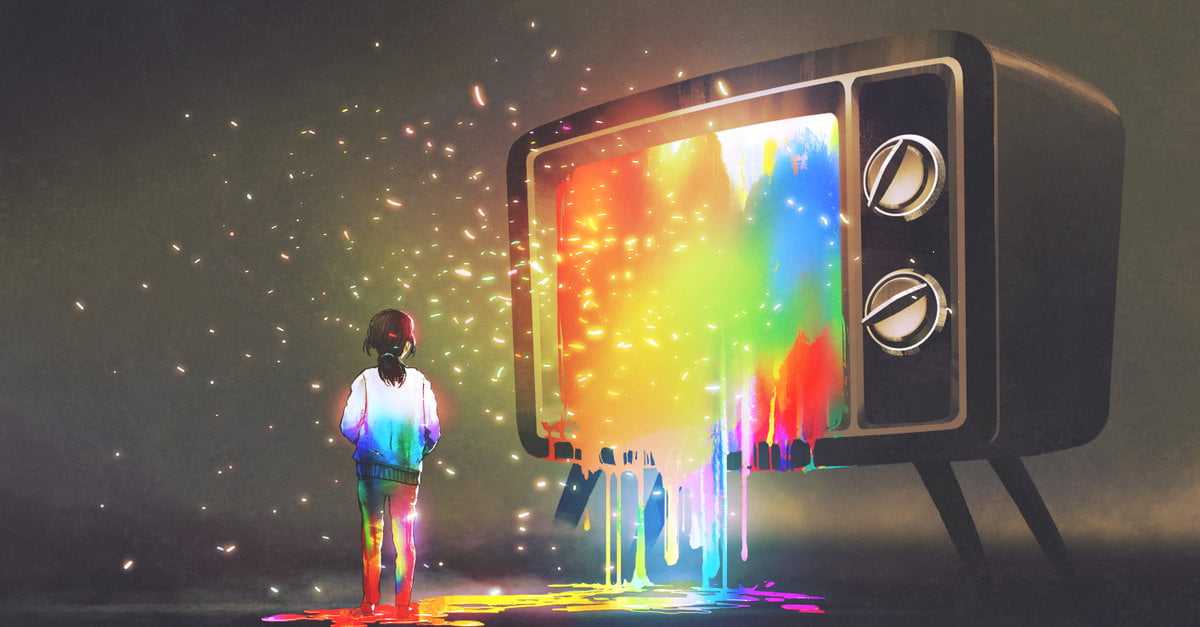Short answer, Yes.
The colors you choose for your website or logo can greatly affect the overall message you’re trying to get across to your target audience, and picking the wrong ones can result in your brand feeling unprofessional and unappealing to potential customers. If you aren’t sure what colors work best together, we’ve put together this guide on how to choose the perfect colors for your website or logo to ensure that your site appeals to everyone who visits it!
Consider Your Business Goal
Think about your goal for creating a website. Is it to increase brand awareness, drive sales, or boost your SEO rankings? Next consider how you want people to feel when they visit your site. Do you want them to feel happy and cheerful, or clean and modern? Take all of these factors into consideration before choosing a color scheme. If you’re building a business website, you may want to check out these six tips that can help you pick an appropriate color scheme. You might also want to see if there are any industry-specific pallets you should follow when selecting colors for your website. For example, if you own a food truck company, it would be wise to avoid using red as one of your main colors; red is often associated with fast food and unhealthy options. When considering color pallets in general, try to think beyond just primary colors (red, blue, yellow) and focus on what emotions each hue evokes. Cool colors like blues and greens evoke feelings of calmness while warm hues like orange convey energy. If you aren’t sure which color palette will work best for your website design goals, it could be helpful to take a look at some other websites in your industry and analyze their color schemes.
Understand How Colors Affect People
There’s no question that colors play a significant role in what people think and feel. Studies have shown that colors can influence everything from buying habits to how much time people spend on a website or with an app. The colors you choose will influence whether or not your customers convert into buyers, so it’s important to understand how colors affect users. Think about what color palette makes sense for your brand, and make sure you understand why specific colors are being used on your website.
Discover the Colors That Have Meaning in Western Culture
If you look through a color dictionary, there are dozens of colors with different meanings. It’s up to you to decide which one(s) you want to use for your website or logo. Some colors with specific meanings in Western culture include: Green (nature and environment), Black (power and mystery), White (innocence and purity), Yellow (happiness and sunshine), Blue (coolness, peace, serenity). Note that these are only suggestions—if you want your website to be purple because it reminds you of something special, go for it! You can also mix colors together to create new ones. For example, if we combine yellow and blue we get green. Try using combinations that mean something to you when choosing colors for your website or logo.
How Do I Choose From So Many Colors?
Chances are, if you’re reading this, you already have a pretty good idea of what color you want to use for your website. In fact, it might seem like choosing a color is as easy as clicking a drop-down menu and pressing OK. But here’s something that might surprise you: According to some studies, up to 90% of all data analyzed by humans is visual.
Are There Psychological Effects of Colors?
Psychologists have known for a long time that there is a relationship between color and emotions. Color affects us on an emotional level, says Donna Lindsay, associate professor of psychology at Marywood University in Scranton, Pennsylvania. Red is exciting and stimulating, while blue is calming and soothing. Yellow can be energizing or irritating, depending on its brightness. The colors we surround ourselves with affect our moods and how we feel about ourselves and others.
Make It Easy For People To Read And Understand
This may seem obvious, but sometimes it’s best to stick with tried-and-true web colors. If you choose to deviate from these classic colors, be sure to ensure that your color scheme is highly contrastive so that it’s easy for people to read and understand. Avoid eye strain by making sure your website’s tone doesn’t blend in too much with its background—you want readers to feel comfortable and unencumbered when they view your site.
Stay Within Industry Standards
When choosing a color scheme, whether it’s for your website or any other branding element, stick to industry standards. According to Forbes, while you don’t need to adhere strictly to industry standards, you also shouldn’t go too far outside of them. For example, if you’re launching an app-based business and want to choose a bright blue as your primary color, think again. Blue is often associated with trustworthiness and security—two things that are not particularly aligned with an app-based business model. In contrast, red is often associated with danger and excitement—two things that are more in line with what people expect from an app-based business model.








